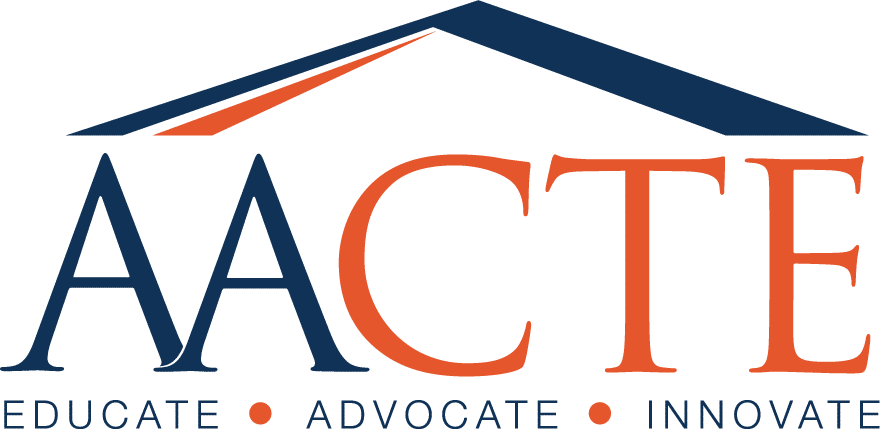Principals Benefit When Principal Supervisors Have a Supporting Role, Studies Find
Principals’ leadership is a critical factor in schools’ success, and school leader preparation programs play a key role in facilitating that success. Specific strategies and resources can support the growth of a strong pipeline of principals who are able to lead teaching and learning in today’s schools. AACTE supports the Wallace Foundation’s principal preparation work, which includes research and initiatives such as the Principal Pipeline Initiative and the University Preparation Programs. The following is a an announcement from the Wallace Foundation’s most recent research featuring three reports that examine efforts being taken in large districts across the country to shift the principal supervisor role from a focus on administration to supporting principals as instructional leaders.
The Wallace Foundation released a trio of reports examining the benefits school districts gained from changing the principal supervisor role to focus less on administrative duties and more on supporting principals in improving instruction. Teams of researchers from Vanderbilt University, the University of Utah, Mathematica, and the Council of the Great City Schools collaborated with the foundation to design and administer surveys that show how the supervisor role may be changing in large districts nationwide. The reports build on earlier research suggesting that effective supervision is part of a comprehensive principal pipeline, with aligned parts, that can lead to benefits for student achievement.
“Taken separately and together, these reports demonstrate the value of principal supervisors in districts’ comprehensive, aligned pipeline systems,” said Jody Spiro, director of education leadership at The Wallace Foundation. “Since those systems have been shown to result in benefits for student achievement, it is important to learn more about the role of principal supervisors.”
Changing the Principal Supervisor Role to Better Support Principals: Evidence from the Principal Supervisor Initiative, by researchers from Mathematica and Vanderbilt, examined efforts in six large school districts, including Baltimore City Public Schools; Broward County Public Schools; Cleveland Metropolitan School District; Des Moines Public Schools; Long Beach Unified School District; and Minneapolis Public Schools, to reshape the principal supervisor role as part of a four-year, Wallace-supported initiative. The report concludes that districts succeeded in shifting the role’s focus from administrative duties to helping principals improve teaching and learning.
In addition, principals’ perceptions of their supervisors’ effectiveness and the quality of their evaluation feedback improved. They also thought their central office had made at least some progress in adapting to changes in supervisors’ roles. Teachers’ perceptions of their principals’ performance did not change, and challenges in supporting the reconceived job remain. For example, central office changes, such as increasing responsiveness to schools, challenged long-standing central office culture in some districts, and some departments failed to adjust their operations to accommodate supervisor work.
Another report compared the supervisor role in the same six districts with the role in 48 other large districts that were not part of the initiative. Leading the Change: A Comparison of the Principal Supervisor Role in Principal Supervisor Initiative Districts and Other Urban Districts, by researchers from Vanderbilt University, the University of Utah, and Mathematica, is based on a survey conducted with the Council of the Great City Schools. The report found that role-specific training, mentoring, lower principal-to-supervisor ratios and other changes to the supervisor job were more prevalent in the six districts involved in the initiative. However, principal supervisors across all large districts reported spending most of their time visiting schools and meeting with principals, possibly reflecting a general shift in the job’s focus in recent years. Another commonality between the supervisors in the initiative and non-initiative districts was some dissatisfaction with central offices, with only about one-third of supervisors overall agreeing that “the district central office facilitates my work with principals.”
Trends in Principal Supervisor Leadership and Support: Results from Two Surveys of Principal Supervisors in America’s Great City Schools, by the Council of the Great City Schools, offers findings from two surveys of principal supervisors, fielded six years apart. They indicate that large school districts nationwide may be redesigning the supervisor role to focus on boosting principals’ effectiveness at improving instruction. Principal supervisors in large districts reported overseeing an average of 16 principals in 2018, eight fewer than a sample of supervisors reported in 2012. This reduction may reflect an effort to shift the focus of the principal supervisor’s job from administration to principal support.
A separate Wallace-supported effort, the Principal Pipeline Initiative, found that a comprehensive pipeline of aligned parts can result in student reading and math benefits. Five of the six districts that participated in the initiative strengthened principal supervision along with other aspects of principal development and support. A 2019 report by the RAND Corporation found that pipeline schools outperformed comparison schools by 6.22 percentile points in reading and 2.87 percentile points in math—a statistically significant margin.
Tags: AACTE partner organizations, principal preparation, research






